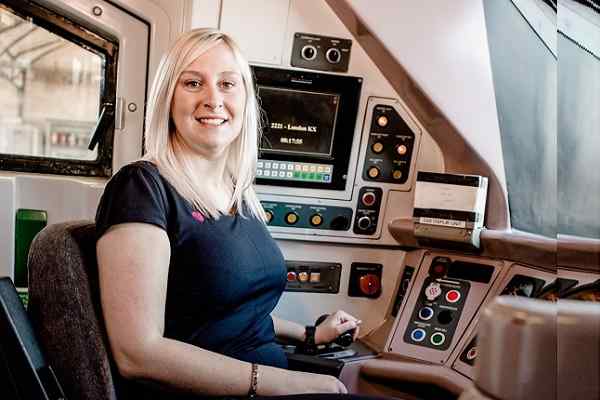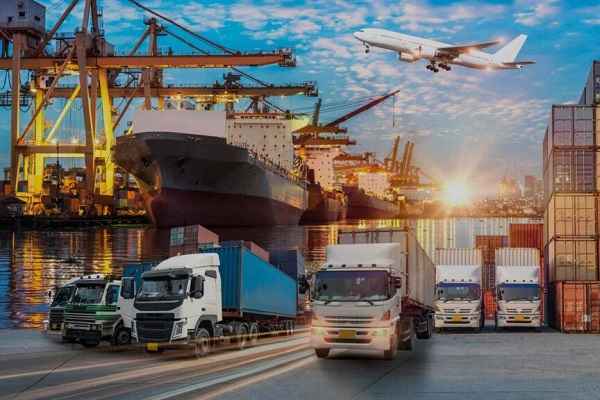 How Weigh-in-Motion Systems Are Revolutionizing Freight Safety
How Weigh-in-Motion Systems Are Revolutionizing Freight Safety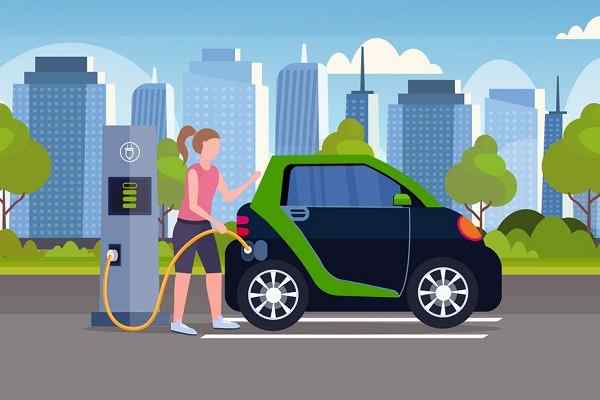 Women Powering India’s Electric Mobility Revolution
Women Powering India’s Electric Mobility Revolution Rail Chamber Launched to Strengthen India’s Global Railway Leadership
Rail Chamber Launched to Strengthen India’s Global Railway Leadership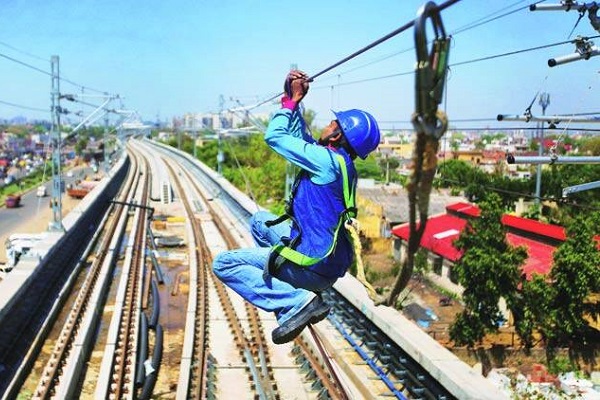 Wage and Hour Enforcement Under the Massachusetts Wage Act and Connecticut Labor Standards
Wage and Hour Enforcement Under the Massachusetts Wage Act and Connecticut Labor Standards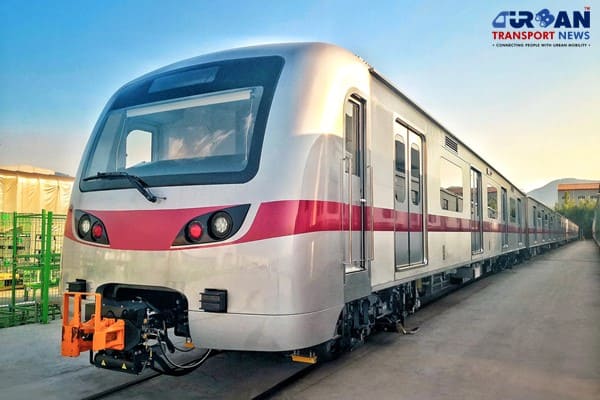 MRT‑7: Manila’s Northern Metro Lifeline on the Horizon
MRT‑7: Manila’s Northern Metro Lifeline on the Horizon Delhi unveils ambitious Urban Mobility Vision: Luxury Metro Coaches, New Tunnels and Pod Taxi
Delhi unveils ambitious Urban Mobility Vision: Luxury Metro Coaches, New Tunnels and Pod Taxi Qatar approves Saudi Rail Link Agreement, Accelerating Gulf Railway Vision 2030
Qatar approves Saudi Rail Link Agreement, Accelerating Gulf Railway Vision 2030 UP Govt plans to introduce Water Metro services in Ayodhya, Varanasi & Prayagraj
UP Govt plans to introduce Water Metro services in Ayodhya, Varanasi & Prayagraj India’s First Urban Ropeway begins Trial Run in Varanasi, Set to carry 1 Lakh passengers daily
India’s First Urban Ropeway begins Trial Run in Varanasi, Set to carry 1 Lakh passengers daily India and Bhutan to Build First-Ever Rail Link: ₹4,033 Cr Project to Boost Regional Connectivity
India and Bhutan to Build First-Ever Rail Link: ₹4,033 Cr Project to Boost Regional Connectivity
Advancing Indian Public Transit: Open Data for Efficiency & Easy Accessibility
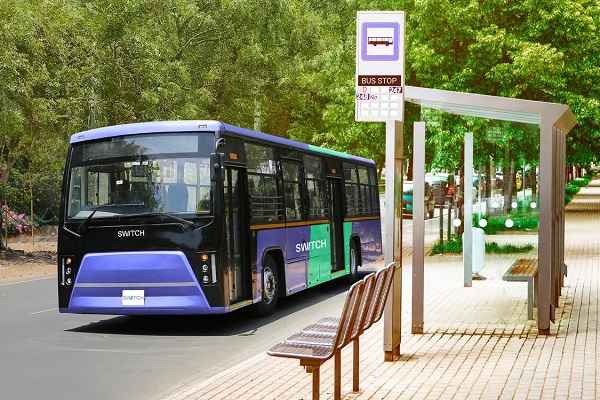
In the bustling heart of India, where millions of daily commuters depend on a complex web of transportation systems, the need for an efficient and accessible public transit network has never been greater. To meet this demand, we embark on a journey to revolutionize the landscape of Indian public transit. At the core of this transformation lies the power of open data, a catalyst for enhancing efficiency and accessibility in Indian Railways and Metros. We delve into the pivotal role that open data plays in advancing India's public transit and how it is poised to reshape the daily lives of its citizens. Public transportation is the lifeblood of modern cities and regions. It not only connects people to their destinations but also plays a crucial role in reducing traffic congestion, curbing pollution, and enhancing the overall quality of life. However, to fully capitalize on the potential of public transport, we need to embark on a journey that leverages open transit data to bring about efficiency and accessibility.
Necessity for Open Data
In the advancement of Indian public transit, the dire need for open transit data becomes abundantly clear. Open transit data serves as the linchpin in the journey toward an efficient and accessible transportation system. It facilitates real-time monitoring; efficient resource allocation, and intermodal connectivity, ensuring passengers can seamlessly navigate various modes of transport. Furthermore, open data fosters transparency, fuels innovation, and empowers passengers to make informed decisions about their journeys. In a nation where sustainable and eco-friendly transit solutions are increasingly vital, open transit data provides a foundation for progress, contributing to better urban planning and a more prosperous and environmentally conscious India.
Catalyzing Change: The Transformative Power of Data
Data acts as a transformative catalyst for change in Indian public transit, driving improvements and efficiency in the transportation landscape. With the power of data, transit authorities can make informed decisions, optimize routes, and enhance the passenger experience. Real-time data monitoring allows for prompt responses to changing demands, reducing congestion and increasing punctuality. Accessible and user-friendly applications leverage data to provide passengers with valuable information, fostering inclusivity. The transparency offered by data-driven systems builds trust among the public, while fostering innovation and competition through third-party applications. In a rapidly evolving transportation ecosystem, data is the driving force behind a more efficient, accessible, and sustainable future for Indian public transit.
Navigating Data Challenges and its Solutions
The Indian public transportation system faces a significant data challenge, primarily dealing with disparate data sources of varying quality. This complexity is exacerbated by the scale of operations within Indian Railways and metro systems, making it crucial to consolidate these sources into a single, accurate reference. While multiple suppliers and legacy systems add layers of complexity, the emergence of technology platforms and best practices offers hope for a streamlined digital transformation of public transport.
Overcoming Crucial Hurdles with Open Transit Data
In the quest to enhance Indian public transport, addressing five primary hurdles is paramount. Congestion, infrastructure gaps, safety concerns, inefficient ticketing and payment systems, and environmental impacts present substantial obstacles. To overcome these challenges, solutions such as expanding infrastructure, improving scheduling, enhancing security measures, introducing technology, and encouraging sustainable practices are vital. Through the adoption of open transit data, India can pave the way for efficient and accessible public transportation, benefitting millions of daily commuters and contributing to a more sustainable and accessible future.
Paving the Way for Enhanced Indian Public Transport
In the journey to enhance Indian public transport, seven crucial solutions come to the forefront. These solutions, including Integration and Inter-modality, Technology Adoption, Public-Private Partnerships, Incentives for Sustainable Travel, Safety Measures, Sustainable Practices, and Capacity Building, provide a multifaceted approach to advance the country's transportation system. Promoting integrated transport systems that seamlessly connect various modes, such as buses, trains, trams, and metro services, not only enhances convenience but also alleviates congestion. The adoption of technology, encompassing real-time tracking apps, empowers passengers with accurate route and schedule information. Collaborating with the private sector through public-private partnerships drives the innovative solutions, improving fleet quality and service excellence. Incentives such as reduced fares, loyalty programs, and dedicated lanes for sustainable modes attract more passengers to use public transport. Prioritizing safety through increased policing and emergency helplines creates a secure travel environment. Embracing eco-friendly practices like electric buses and non-motorized transportation options ensures a cleaner and more sustainable transportation system. Capacity building, with training and support for staff, elevates the overall passenger experience. With unwavering dedication to these strategies, India is on the path to a more efficient, accessible, and sustainable public transportation system that benefits all its citizens.
Clarifying the Role of Open Transit Data
Defining open transit data in the context of advancing Indian public transit is a critical step in the journey towards a more efficient and accessible transportation system. It establishes the foundation for transparency, inter-modality, and the integration of technology that can enhance passenger experiences and improve the efficiency of services. By providing a clear definition and understanding of open transit data, India can pave the way for innovation and collaboration within the transportation sector, ultimately benefiting millions of commuters and contributing to a more sustainable and interconnected future.
The Vital Role of Data Quality
Data quality assumes paramount importance in the progress of Indian public transit, shaping its efficiency and accessibility. Ensuring the reliability and accuracy of data not only underpins the development of robust transportation systems but also builds trust among passengers. It empowers decision-makers with precise information for informed planning, encourages innovation, and enhances transparency. This, in turn, contributes to creating a more efficient and passenger-friendly public transport system that aligns with India's evolving needs.
Data Quality: A Cornerstone for Advancing Indian Public Transit
Data quality emerges as a pivotal factor in the journey to advance Indian public transit. Ensuring the accuracy and reliability of data is not just an operational necessity but a crucial building block for creating efficient and accessible transportation systems. High-quality data empowers decision-makers with the insights needed for informed planning and policy implementation, while also fostering innovation and transparency within the sector. This commitment to data quality paves the way for a more passenger-centric and efficient public transport system that aligns with the evolving needs of India's diverse population.
The Imperative of Completeness, Compliance, and Accuracy in Open Transit Data
In the context of advancing Indian public transit, the principles of completeness, compliance, and accuracy in open transit data stand as fundamental pillars. Open data, when comprehensive, adherent to standards, and accurate, becomes the bedrock of an efficient and accessible transportation system. This data, when complete, ensures that all necessary information is readily available to passengers, while compliance with standards facilitates interoperability and simplifies data sharing. The commitment to accuracy ensures that public transport operates reliable, fostering passenger trust and promoting informed decision-making among policymakers and planners. By upholding these principles, India can propel its public transit system into a more reliable, efficient, and passenger-centric future.
Quality Measurement: The Linchpin of Open Transit Data
Quality measurement of open transit data assumes a pivotal role in the journey to enhance Indian public transit. In the quest for a more efficient, accessible, and reliable transportation system, assessing data quality along 40 distinct dimensions is essential. This rigorous evaluation process ensures that the data aligns with the ground truth, providing passengers and decision-makers with accurate and dependable information. This commitment to data quality not only fosters trust among passengers but also empowers policymakers and transit authorities with the insights required for informed planning and improvements. Quality measurement, therefore, stands as a linchpin in the realization of India's vision for a progressive and passenger-centric public transit network.
Enhancing Accessibility Through Data: Bridging the Gap
Enhancing accessibility in Indian public transit is inexorably tied to the effective utilization of data. By harnessing data, the transportation sector can address challenges, streamline services, and cater to the diverse needs of its passengers. Comprehensive and accurate data empowers planners to create more inclusive and user-friendly transportation systems, ensuring that all citizens, including those with disabilities, can navigate the network with ease. By embracing data-driven solutions, India is on a path to closing accessibility gaps, providing efficient public transit that caters to the needs of all its citizens.
Out-dated Data: Hindering the Advancement
Out-dated data stands as a formidable barrier on the road to improving Indian public transit. As the transportation landscape evolves and expands, reliance on obsolete information, such as travel surveys from years past, hampers progress. To optimize public transport services and cater to the changing demands of passengers, up-to-date and accurate data is paramount. A commitment to embracing current data sources and practices is essential for India to provide efficient, reliable, and responsive public transportation that aligns with the needs of its ever-growing population.
Journey Time as the Key Driver
The concept of journey time takes centre stage in the quest to enhance Indian public transit. Recognizing that efficiency is paramount, focusing on reducing travel times for passengers, especially those transitioning from private vehicles, is crucial. Streamlining journey times not only attracts more passengers to public transport but also positively impacts punctuality and reliability. Efficiency is the name of the game, and India's evolving transportation systems must prioritize this key driver to make public transit an appealing and practical choice for millions of daily commuters.
Beyond Journey Time: The Reliability Factor
While journey time is undoubtedly a pivotal consideration, reliability emerges as an equally vital factor in advancing Indian public transit. Passengers seek not only efficiency but also the confidence that their travel experience will be punctual, predictable, and comfortable. Reliability encompasses aspects like frequency, punctuality, and occupancy levels, and addressing these facets is essential to win the trust of passengers. This broader perspective acknowledges that a reliable, consistent service is a cornerstone of a successful public transportation system that can entice car drivers to make the shift to more sustainable modes of transport.
Interoperability and Mobile Apps: Catalyzing Change
Promoting integrated and interconnected public transportation systems that seamlessly link various modes, such as buses, trains, trams, and metro services, holds the key to improving convenience and reducing congestion. Embracing technology, including real-time tracking apps, empowers passengers with accurate information on routes, schedules, and seat availability, significantly enhancing the travel experience. Collaborating with the private sector through public-private partnerships drives innovation and can lead to fleet modernization and improved service quality. Additionally, incentives like reduced fares, loyalty programs, and dedicated lanes for buses and other sustainable modes can attract more passengers to use public transport. A strong focus on passenger safety through increased policing and the use of emergency helplines can make public transport more secure, and sustainable practices like electric buses and promoting non-motorized transportation can contribute to a cleaner and more sustainable transportation system. Capacity building, providing training and support for public transport staff to enhance their customer service skills and technical capabilities, can further improve the overall passenger experience. In this multifaceted approach, India can pave the way for a more efficient, accessible, and sustainable public transportation system that benefits all its citizens.
The Promise of Mobility as a Service (“MaaS”) in Indian Public Transit
The concept of Mobility as a Service (“MaaS”) presents a transformative opportunity for Indian public transit. By seamlessly integrating various modes of transport and providing passengers with an all-encompassing mobility solution, “MaaS” holds the promise of making public transport a more attractive and accessible choice. With the ability to incorporate a range of services, from public transport to bike-sharing and car-sharing, “MaaS” offers a comprehensive solution that simplifies travel for passengers. By addressing the need for efficient, interconnected, and user-friendly transportation options, India can enhance accessibility and provide a more convenient and sustainable transit system for its diverse population.
Key Take aways
- Open Data as a Catalyst: Open data plays a pivotal role in advancing Indian public transit by enhancing efficiency and accessibility. It provides valuable insights and tools for optimizing transportation systems.
- Challenges in Congestion and Accessibility: India faces challenges such as congestion, overcrowding, and inadequate infrastructure, particularly in rural areas, impacting the quality of public transportation.
- Safety and Payment Efficiency: Safety concerns and inefficient ticketing and payment systems can deter passengers. Embracing technology and enhancing safety measures are vital for creating a secure and convenient travel environment.
- Environmental Sustainability: As urbanization and motorization grow, environmental concerns become more pronounced. Promoting eco-friendly transport options like electric buses and non-motorized transportation is essential for a cleaner and more sustainable transit system.
- Intermodality and Technology Adoption: Integrating various modes of transport and utilizing technology for real-time information and passenger convenience are keys to making public transport more accessible and efficient.
- Public-Private Collaboration: Collaborating with the private sector brings innovative solutions for fleet modernization and overall service quality, which benefits passengers.
- Incentivizing Sustainable Travel: Reducing fares, loyalty programs, and dedicated lanes for sustainable modes encourage the use of public transport, attracting more passengers.
- Capacity Building and Customer Service: Providing training and support to staff can enhance their skills, improving the overall passenger experience and satisfaction.
Conclusion
In the journey to advance Indian public transit, the utilization of open data emerges as a transformative force, enabling efficiency and accessibility in a complex and diverse landscape. While challenges like congestion, safety concerns, and environmental impacts are ever-present, pragmatic solutions are at hand. Embracing technology, fostering inter-modality, and incentivizing sustainable travel are keys to a more efficient and accessible public transport system. Collaborative public-private efforts and capacity building enhances service quality and passenger experience. As India continues to pave the way for a cleaner and more sustainable future, open data remains a crucial tool for achieving these goals. With unwavering commitment and innovation, the nation can embark on a transformative journey toward a more efficient, accessible, and sustainable public transportation system that benefits all its citizens.





